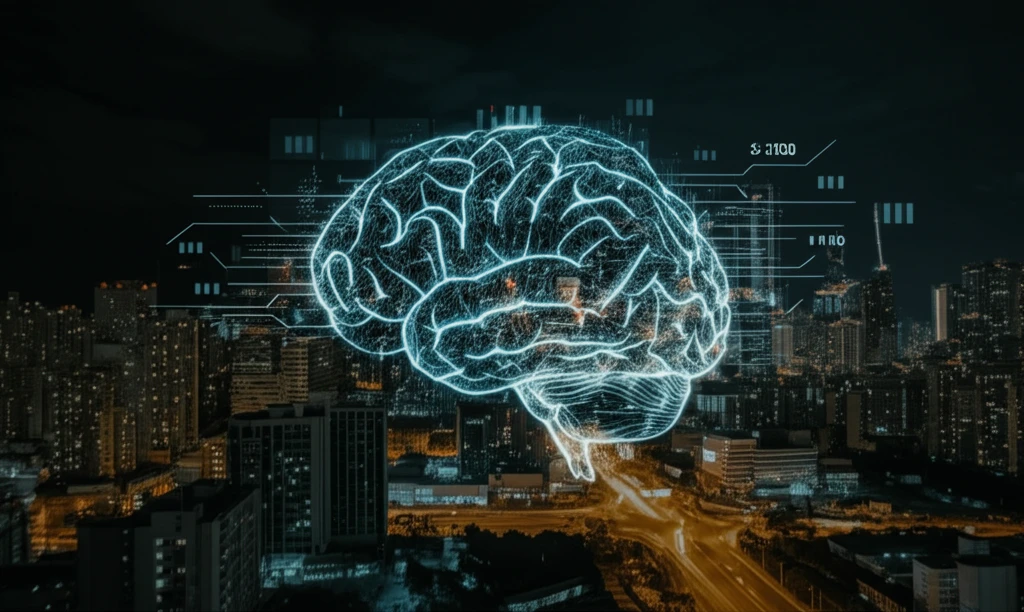
Brain Biomarkers: How NSE and S-100B Could Signal Stroke Risk
"Elevated levels of NSE and S-100B proteins could offer early warnings for acute cerebral infarction, particularly in Asian populations."
Stroke is a leading cause of death and disability worldwide, affecting millions each year. Acute cerebral infarction (ACI), the most common type of stroke, occurs when blood supply to the brain is disrupted, often due to a blood clot. Quick diagnosis and intervention are critical to minimize brain damage and improve patient outcomes. Recognizing the subtle signs and understanding individual risk factors can make all the difference in seeking timely medical care.
Researchers are constantly seeking ways to improve stroke prediction and diagnosis. Biomarkers, measurable substances in the body that indicate a disease or condition, are increasingly valuable tools. Neuron-specific enolase (NSE) and S-100B, proteins found in the brain, have emerged as potential biomarkers for ACI. Understanding their role and significance could help enhance diagnostic accuracy and personalize treatment strategies.
A recent meta-analysis, featured in Medical Science Monitor, investigates the clinical significance of NSE and S-100B serum levels in patients with ACI, focusing particularly on Asian populations. By analyzing multiple studies, the research aims to clarify the relationship between these biomarkers and stroke risk, offering new insights for prevention and treatment.
The Significance of NSE and S-100B in Stroke Prediction

Neuron-specific enolase (NSE) is an enzyme involved in energy production within neurons. When brain cells are damaged, NSE is released into the bloodstream, making it a potential marker for neuronal injury. Human soluble protein-100B (S-100B) is another protein predominantly found in glial cells, which support and protect neurons. Elevated levels of S-100B also indicate brain damage, often associated with inflammation and disruption of the blood-brain barrier.
- Elevated Levels: Both NSE and S-100B were significantly higher in ACI patients.
- Asian Populations: This trend was especially pronounced in Asian populations.
- Diagnostic Potential: NSE and S-100B could serve as important clinical markers for ACI.
Looking Ahead: Biomarkers and Personalized Stroke Care
The study underscores the potential of NSE and S-100B as valuable biomarkers for ACI, particularly in Asian populations. By identifying individuals at higher risk through elevated biomarker levels, clinicians can implement preventive measures and initiate early treatment. Further research is needed to refine diagnostic thresholds and explore the potential of combining these biomarkers with other clinical and imaging data for more accurate stroke prediction and personalized treatment strategies. Stay proactive, stay informed, and prioritize your brain health.
